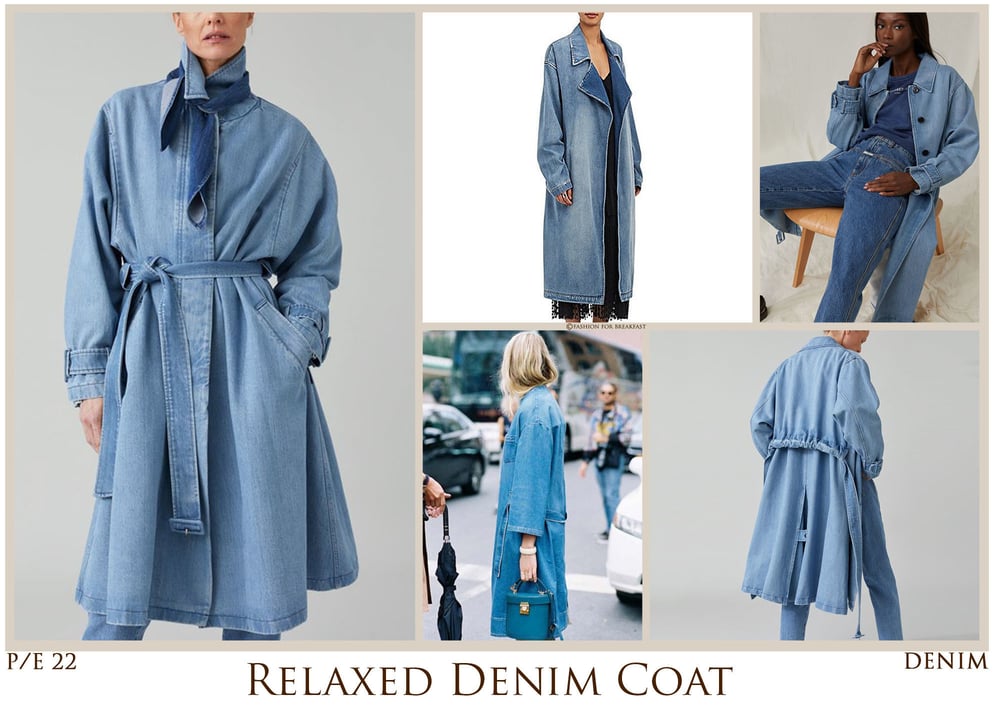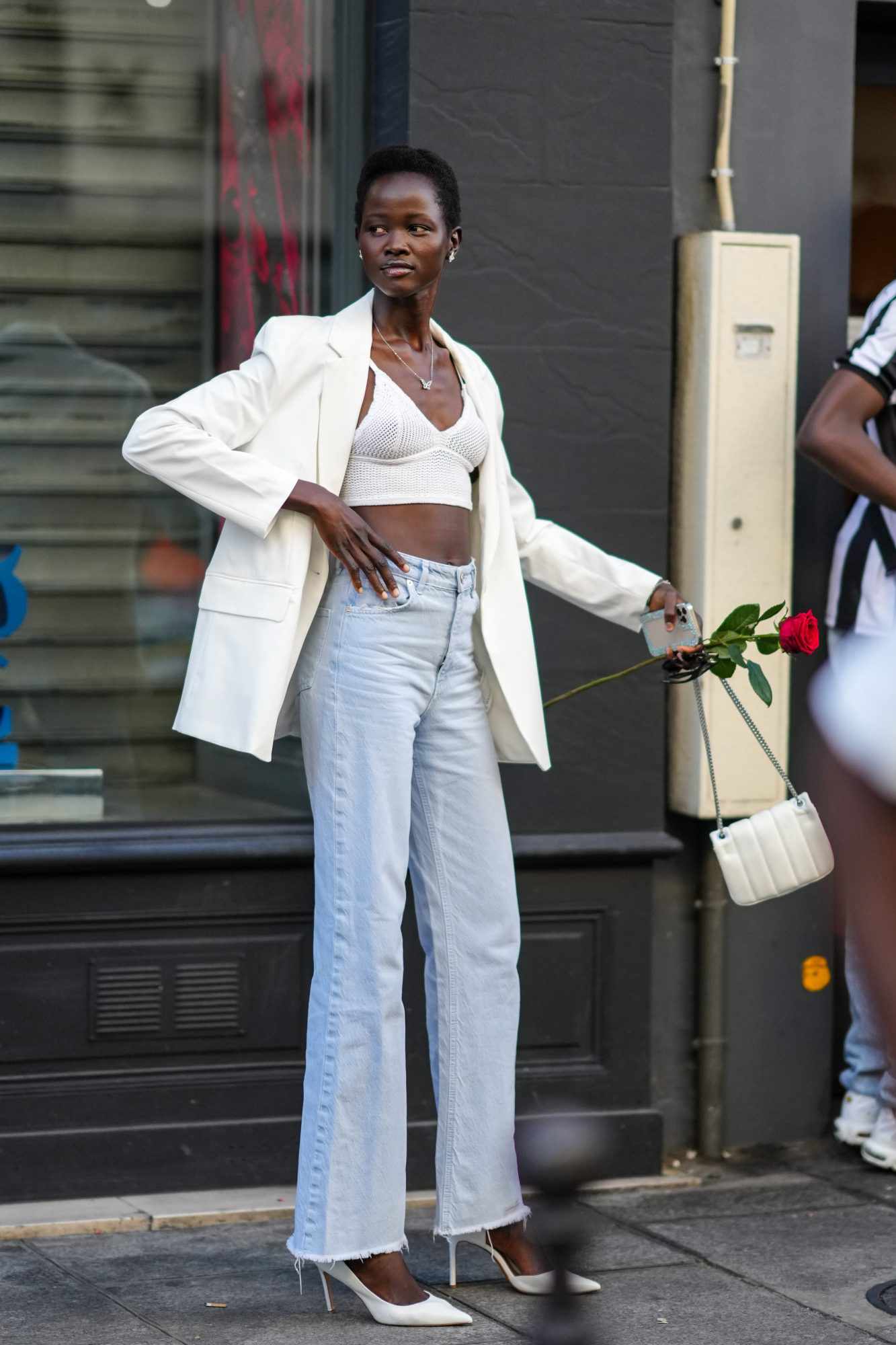
Coloro decodes colors according to how the human eye perceives them. It employs logical design codes and intuitive codes to guarantee that fashion and Textile professionals get exactly the colors they intended - the first time.
Colour-trends
A color trends is a theme that has emerged and affects a large number of products. From apparel and furniture, to packaging and technologies. Everything from art, popular culture and movies to industry experts such as Pantone influences the color palette.
This highly technical process combines science, research and testing in order to predict future trends. Designers and experts in color collaborate on the process of trend forecasting to help create the next generation colors.
To form a quantitative base for their predictions, they begin by analysing field reports, consumer studies and product split-tests. These data are then used to build a palette of colors for future trends.

Color trend forecasting gives companies the knowledge they need to design complementary products and services that appeal to customers' preferences and expectations. This can make all the difference to their bottom line.
WGSN and Coloro have announced Apricot Crush, a restorative, refreshing and energetic hue that will be perfect as consumers grapple with a range of emotions and uneasiness about the future. The color also connects to different sensorial experiences including healing and self-care practices.
This soft and sunbleached colour is reminiscent of oranges and fresh apricots. These fruits are high in vitamin and antioxidants. It is a restorative color that can be used on a variety of interior products from glass, textiles and furniture to baths and bedrooms.
Apricot Crush will bring a warm luminosity to home products both indoors and outside. It's a versatile shade that will pair easily with neutrals.
The color is a neutral one that has been embraced by youth markets. Its use will be widespread in 2023 across consumer electronics, homewares and digitised wellness. This color will be important for hair, skin and fragrance.

Color is essential to brand identity. It can communicate personality and purpose for a company or a product. It is an effective way to distinguish a product and influence consumers to purchase it.
They can also be used for creating mood boards and harmonies to match a brand's aesthetic. The colors can also be used in mood boards and to create harmonies for the brand's aesthetic.
Digital Lavender, which is already well-established on the youth market, will be a key color for consumer electronics and mood-boosting lighting in 2023. The color's unique sensory qualities are perfect for self-care and healing rituals, and it will also be important in fragrance, hair, and skincare.
Coloro and WGSN have collaborated to create the Color of the Year 2024. This collaboration combines the expertise of WGSN in trend forecasting with Coloro’s innovations for the future of colour. Intense Ruby, Midnight Plum Sustained Grey Cool Matcha and Intense Purple will be joining the group.
FAQ
What role does Instagram play within the fashion industry
Instagram has been an extremely successful platform for brands to connect directly with influencers. It's easy to see why, because they can reach a vast audience.
However, it is not about reaching an audience. Influencer marketing is all in the engagement. It's about building connections with your followers. It takes time.
It is about consistency, reliability, and trust. About regularly posting quality content. Answering questions and comments.
Instagram is great for engaging with fans. However, Instagram isn't a great platform to sell products. Here's where social media platforms come in.
What do teens buy most?
Although there is a lot data available on consumer trends, none of it is useful for us. We took a look at all the data. We wanted to know which products and services teenagers purchased. We also looked at how the purchases have changed over the years.
Even us were shocked by the results. Teens are extremely frugal in their shopping habits. Teens spend more on clothes than any other age group, except for books. They spend more on technology than any other age group.
Teens are also big spenders on mobile phones, computers, and tablets. These devices were purchased by almost 2 billion dollars last year by 13-17-year-olds.
What is striking about this is that they don't spend much on apps, even though they may be spending a lot of money on electronics. Apps account for less than 1 percent of teenage smartphone usage.
They are browsing the web with smartphones, which means that most of them have smartphones. They are using Snapchat and Facebook. They play on Xbox, PlayStation, Nintendo and other gaming platforms.
In other words, they use their phone to chat with friends, play music and watch videos.
This is a fascinating trend. It suggests teens are more dependent on their phones, which is understandable considering they spend more time online.
They also spend more time watching TV. Teens watch TV more than any other age, apart from those aged between 5 and 9 years.
There are many reasons that people watch TV. One reason is that it's easy to control. They are more likely to stick to traditional media even though they have access to digital options.
Another reason is that it offers them more variety. Children love to change channels so they will often switch channels.
It's simply fun. Teenagers enjoy being able to interact on screen with their heroes, whether that's through talking to them or exploring other worlds.
Despite all of this, they are unhappy with the quality content they see. Common Sense Media surveyed 90% of parents to find that 90% would prefer their children watch less TV if it meant more quality shows. Two-thirds of parents prefer their children to play video games rather than watch television.
This shouldn't surprise anyone. This is not surprising considering that we know that obese kids are more likely those who watch TV more. Harvard University just published new research.
The study found that children 6-11 years old had a 2.5-point increase on their BMI for every hour they watched TV.
So maybe it's time we started thinking about ways to help our kids get off screens. We should ensure that our children have healthy snacks and drinks.
Or perhaps we should encourage them to play sports instead. The latest data shows that physical activity levels have declined across all age categories. It is time to change that.
The good news is that there are many things we can do to improve young people's health. Look at the evidence.
What will consumers buy post-pandemic 2022?
Consumers will continue shopping for products that protect their health and improve their lives. This includes food products such as snacks, drinks and pet foods.
They also tend to spend less on insurance. This is because it is expected that the cost of health insurance will rise 10% per annum over the next 10 years.
We expect the biggest shift to be in wellness and prevention. Products that promote healthy lifestyles, and prevent disease will be sought after by consumers.
This means that we should invest in products that improve our sleep quality, reduce stress levels, and maintain our hair and skin's youthful appearance.
Due to the pandemic health will be more important than ever for shoppers. Therefore, there will be a greater need to spend on preventive healthcare.
What are the emerging consumer trends in tourist?
It is essential to keep ahead of the curve in any industry to be successful. You will be behind if your thinking isn't about what consumers are doing now. It is important to keep an eye out for emerging consumer trends.
The biggest trend affecting travel today is the rise of social media. Consumers share more information about where they go, what they do there, and what they feel about it. Travelers are now more aware of their surroundings and sharing their experiences.
Twitter and Facebook let users share photos, videos and blogs with their friends. These sites play a significant role in helping us understand destinations. Social media makes us better travelers by helping us connect with locals and learn more about local culture.
Another significant change is the increase in mobile technology. Smartphones and tablets are gaining more popularity than computers. According to ComScore, smartphone penetration increased from 23 percent to 27 percent in 2011 and 2012, respectively. Mobile devices are changing the way that we interact with information, and giving us new ways of communicating. There are apps for almost every aspect of life, including booking flights, ordering food, checking weather forecasts, finding directions, and watching movies.
The way we travel is also changing thanks to mobile technology. Mobile technology is changing the way we travel. With our smartphones, we can view maps, make reservations, and even read reviews. While waiting at restaurants or museums, we can check our email and listen to music as we drive. All these changes mean we're traveling smarter, faster, and more efficiently.
These two big shifts are not the only ones that affect travel. There are also many smaller trends that impact travel. For example, people are now able to use smartphones to find events and attractions near them. Foursquare, Yelp and other apps have helped people plan trips based off recommendations from friends. These tools are transforming the way we discover and experience cities.
Many companies are offering services that are specifically targeted at tourists. These companies provide customized tours, transportation, accommodations, and other amenities. They assist visitors in enjoying the city without all the planning.
There are many opportunities for travel marketers looking to take advantage of the latest trends. Smart marketing strategies are required to identify the trends that apply to your business, and which ones don't.
What trends do forecast for the fashion sector in 2023
The future is uncertain. But when it comes to fashion, there are two main trends we can expect to continue. Athleisure is another trend. We've already seen the rise of athleisure from yoga pants to sweatpants, shorts, tanks, and sweatshirts.
However, it is not just clothing companies that are going casual. It's also becoming more common for athletes to wear them. Athleisure is becoming increasingly popular with athletes. Serena Williams, for example, wore an athleisure suit while she played against Naomi Osaka.
The growing demand for personalized products is another trend. Brands like Nike have started creating shoes that fit each person's feet.
As technology develops, wearable tech will be more common. The way we shop could change. As self-service kiosks grow in popularity, we may see the rise mobile apps that allow us tailor our outfits.
Are social media platforms having an effect on the fashion business?
The rise and popularity of social media is one of the most exciting stories of recent years. Facebook has over 2 Billion users worldwide, making this one of the most important platforms in business.
It's easy for people to visualize how this could help brands reach potential millions of customers. It's not always easy. Brands should consider whether or not they wish to advertise on social networks. Or if they prefer to build relationships with their followers.
Remember that social media advertising is all about finding the right balance in engagement and brand awareness.
What changes will consumers' behavior be after COVID-19?
We all know that people buy less right now. However, this doesn't mean that they won't spend more money on themselves in the future.
Shopping is a fun activity, so now is a good time for you to go shopping. You may even find yourself enjoying shopping more than ever before.
There may be fewer people at malls but there are still many options. Remember to be safe and follow the social distancing guidelines.
Don't forget your hands! This simple step can help to prevent the spread and spread of coronavirus.
Now that you've seen some trends shaping retail's future, let's take a closer look at what's happening.
Statistics
- and what they are traveling for, with 78% of respondents wanting to impact the community they visit positively.1 Eating & Shopping at Small businesses (americanexpress.com)
- Just 5% of consumers expect to wait until December to begin shopping, while more than 70% said they'd start before Thanksgiving. (junglescout.com)
- 56% of respondents stated they held off on traveling for major entertainment events last year, but have plans to return to these events this year.1 (americanexpress.com)
- As experts quabble over the official call, most consumers are already experiencing economic uncertainty: 52% say their household income is unstable, up 36% from three months ago, and 73% have either reduced or maintained their overall spending levels. (junglescout.com)
- Nearly 30% of consumers have started their holiday shopping, though 55% say rising inflation has altered their gifting and spending plans for 2022. (junglescout.com)
External Links
How To
Which consumer trends are you most familiar with?
Trends are predictable shifts in consumption patterns.
Although they may seem unpredictable, they are generally predictable. There are two types of trends; cyclical and secular.
The tendency for cyclical trends to repeat over time is that they are often repeated. Three decades of economic growth has resulted in consumers spending more every year. These cycles tend to be short-lived. In fact, spending declined in the recession of last decade.
Secular trends refer to long-term changes that last for longer periods. Examples include technological advances such as the internet and mobile phones. These trends are driven often by changing lifestyles and tastes. Therefore, they don't necessarily correlate with economic activity.
Online shopping is the most prominent trend. Customers are more inclined to shop online than in brick-and mortar stores. Another important trend is eCommerce. eCommerce has experienced a rapid growth rate in recent years.
Another important trend to watch is the growth in social media usage. Social media is becoming ubiquitous and is used by millions of people worldwide. Social media platforms like Facebook and Twitter, Instagram and Pinterest, as well as Snapchat, are used widely by consumers to share information, voice opinions and communicate with family and friends.
A third trend is the growing use of wearable technology. Smartwatches, fitness trackers, smart clothing, and contact lenses are commonplace. Wearable tech devices can be used to monitor and control our health, as well as our environment and to interact with the rest of the world.